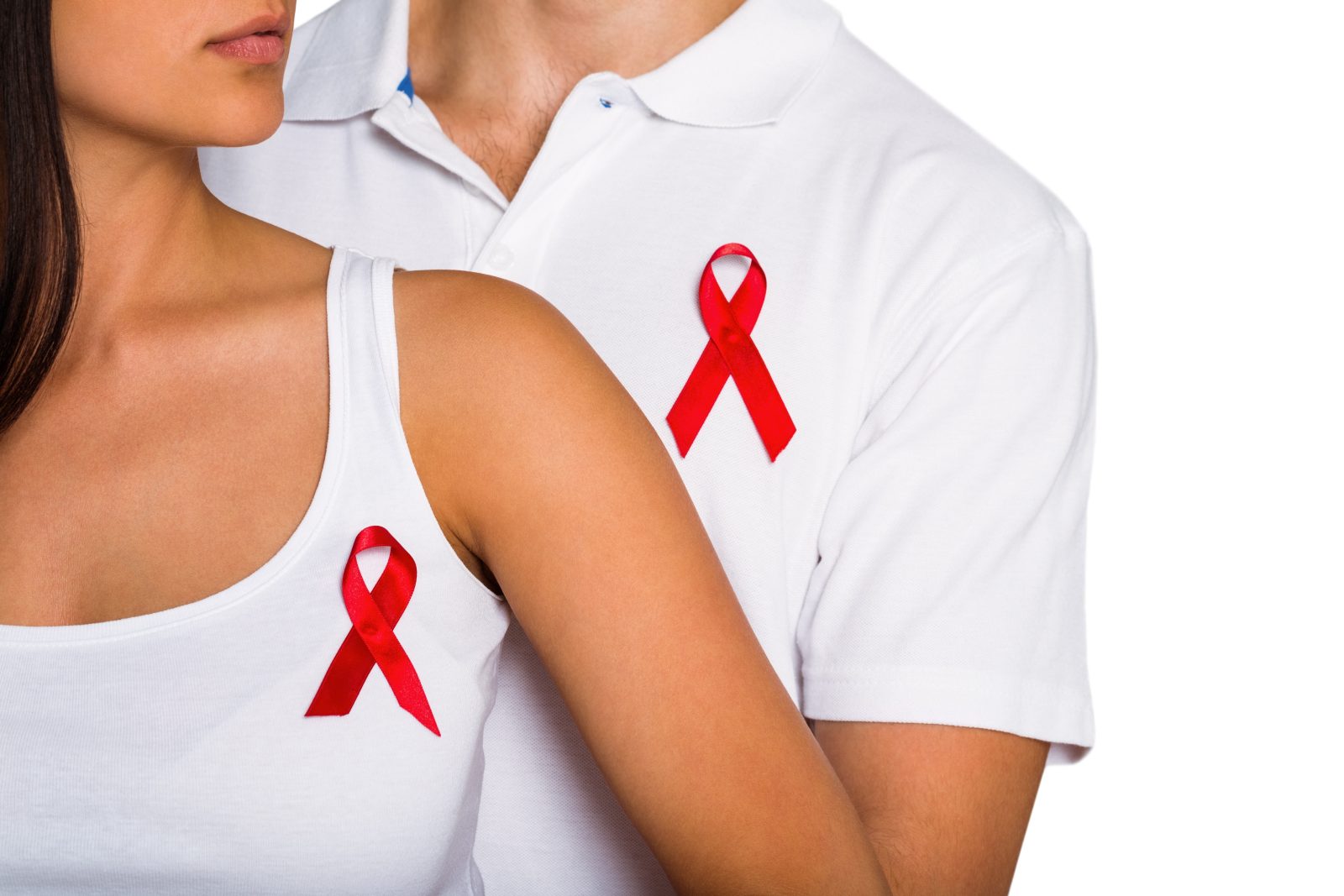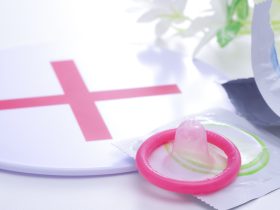The United States Preventive Services Task Force (USPSTF) issued new HIV prevention recommendations in JAMA on August 22. The number of new HIV infections in the United States decreased by about 10% between 2017 and 2021, according to the Centers for Disease Control and Prevention (CDC), in part because of the increased availability of antiviral treatment known as pre-exposure prophylaxis (PrEP). However, significant disparities persist.
In an editorial published alongside the updated guidelines on August 22, experts noted that “despite these encouraging data, considerable racial, ethnic, and regional disparities in new HIV diagnoses and PrEP use persist in the U.S.”
James Stevermer, MD, a professor of family and community health at the University of Missouri in Columbia and a participant in the USPSTF, contributed to the writing of the new guidelines. He stated, “It is obvious that people who could benefit from PrEP are not being informed about it.” Patients of color, particularly African Americans and Latinos, are less likely to receive prescriptions for the drug than their white counterparts.
The updated recommendations now include all three medications for PrEP that the U.S. Food and Drug Administration (FDA) has now approved—Turetude, a bimonthly injection, and Truvada, two daily pills.
Even though these are recommendations and not regulations, they are meant to help physicians better treat patients and to help patients gain access to PrEP, as Dr. Stevermer explains: “PrEP works a lot better if people take it as they should, so for people who can’t take a daily pill, an injection every couple of months may be a better option to ensure they are protected against HIV.”
Who should take HIV preventive medicine?
The recommendation addresses both adolescents and adults who do not have HIV but are at increased risk of contracting it. There is a substantial net benefit from using effective antiretroviral medication to minimize the risk of HIV acquisition in those who are at elevated risk of acquiring HIV, as concluded with high certainty by the US Preventive Services Task Force.
According to the new standards, healthcare providers should inquire about patients’ past sexual and injectable drug usage at each and every visit.
The task force recommends that doctors offer PrEP to the following populations:
- Anyone who uses injection medications himself or whose sexual partner does
- Persons who only use condoms occasionally or never
- Those who have just recovered from a bacterial STD such as syphilis, gonorrhea, or chlamydia (for men who have sex with men and transsexual women) or gonorrhea or syphilis (for heterosexuals)
- Whoever has an HIV-positive sexual partner
Improved availability of PrEP is expected after new guidelines
Since most private insurance plans are obligated to cover preventive services that obtain a grade of A or B from the USPSTF without a copay, it is hoped that more patients will have access to all three drugs now that they have gotten a “grade A” recommendation from the USPSTF. The Affordable Care Act (ACA) mandates that PrEP be provided at no cost to patients, regardless of their health insurance.
Closing the PrEP accessibility gap
It is likely that increasing the number of different drugs that a person can choose from will boost PrEP uptake; however, more thorough efforts need to be made to ensure that these new options are delivered fairly.
According to the recommendations, pre-exposure prophylaxis (PrEP) is not used to its full potential in many populations that could benefit from it. This is especially true for people of African and Latino descent who are at high risk of developing HIV.
By the year 2021, over 80 percent of white Americans who were likely to benefit from PrEP had taken the preventative measure. This is in stark contrast to the relatively low percentage of African Americans, who are only predicted to profit at 11 percent, and Latinos, who are expected to benefit at 21 percent.
And despite the fact that people living in the South accounted for more than half of all HIV diagnoses in 2021, less than forty percent of people who use PrEP are from that region, according to another editorial on the recommendations that was also published on August 22 in JAMA. A disproportionately low rate of PrEP use has also been observed among cisgender and transgender women, adolescents, and those who inject drugs.















Find Us on Socials